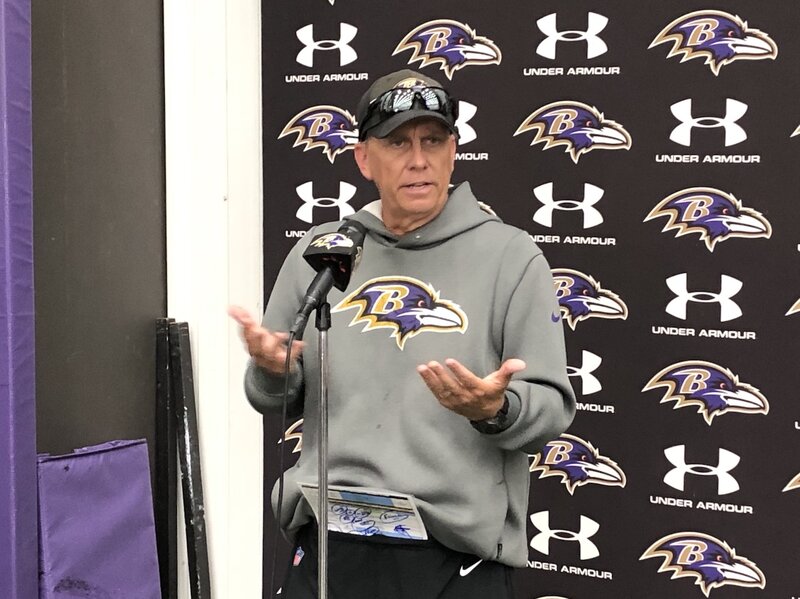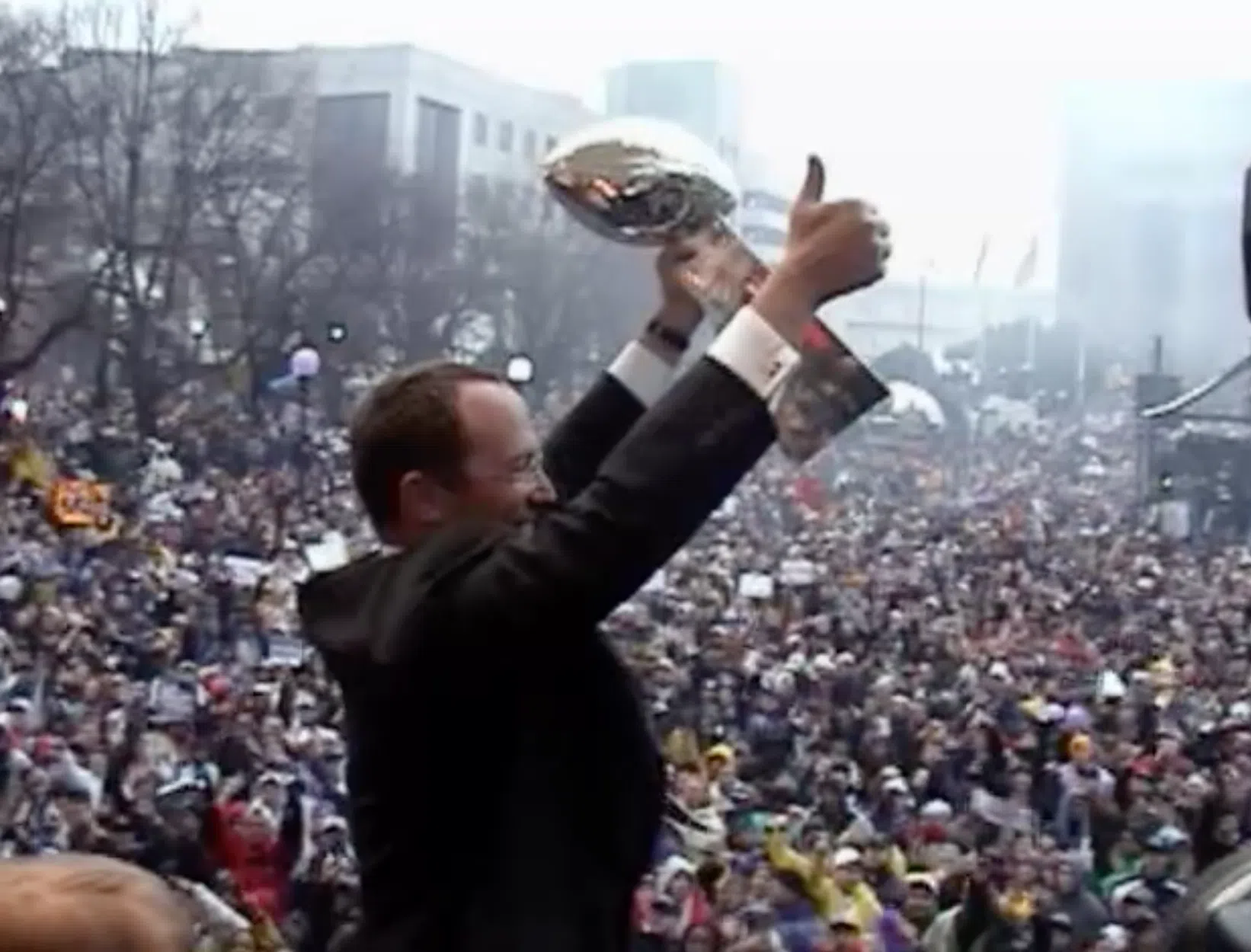The Orioles have pushed plenty of chips to the center of the poker table this winter.
A seven-year commitment to first baseman Chris Davis worth $161 million, the richest contract in franchise history.
Making All-Star relief pitcher Darren O’Day one of the highest-paid setup men in the majors.
Paying just under $25 million for the services of three-time All-Star catcher Matt Wieters and designated hitter Mark Trumbo for the 2016 season.
In other words, the Orioles are what the poker world labels as “pot-committed” with a projected payroll now north of $130 million. But there’s still a problem with that spending.
They’re currently no better than they were a season ago when they finished 81-81. In fact, they’re worse on paper after the free-agent departure of starting pitcher Wei-Yin Chen and his 3.72 ERA over the last four seasons.
It’s reasonable to expect Chris Tillman and Miguel Gonzalez to rebound — at least somewhat — from last year’s difficulties, but that doesn’t mean a return to their exceptional performances of 2014, either. Kevin Gausman could be ready to take off at age 25 and the Orioles may see more good Ubaldo Jimenez than the bad Jimenez in 2016, but that would still be too much hoping and not enough improving.
After turning their nose up to the cost of starting pitching all winter, the Orioles find few viable options remaining. The likes of David Price or Zack Greinke were never realistic, but second- and third-tier options such as Scott Kazmir (three years, $48 million) or even Doug Fister (one year, $7 million) were still available to slot into a thin rotation.
That finally brings us to Yovani Gallardo, the man linked to the Orioles throughout the offseason and probably the best option remaining on the market. Soon to be 30, the veteran right-hander is far from a sure bet despite a career-best 3.42 ERA in 2015 and a 3.66 lifetime mark in the majors.
Signing him would require the Orioles to forfeit the 14th overall selection of the 2016 draft after Texas made him a qualifying offer at the start of the offseason. That is an understandable deterrent for an organization in need of restocking its farm system, and executive vice president of baseball operations Dan Duquette has said several times this offseason that the Orioles would prefer not to forfeit the pick.
Despite a strong ground-ball rate hovering around 50 percent that would figure to be perfect for Oriole Park at Camden Yards and a strong infield defense, Gallardo has seen his average fastball velocity dip from 92.6 miles per hour in 2011 to 90.5 with the Rangers last season. His strikeout rate has declined in three straight seasons and fell to a career-low 5.9 per nine innings in 2015 after averaging more than a strikeout per inning in his first six major league seasons.
Those numbers make a long-term commitment to Gallardo a risky one, but he’s still a much better option than the newly-acquired Odrisamer Despaigne, Vance Worley, Mike Wright, or Tyler Wilson, who are more scratch-off lottery tickets than good starting candidates for a club already lacking dynamic talent in its first four starter spots. Even if you’re not keen on the Orioles giving Gallardo a long-term contract, he would instantly move to the top half of the rotation and slide the aforementioned names into more appropriate roles as relievers or depth at the Triple-A level.
Losing the 14th overall pick would be disappointing, but the Orioles would still hold five selections in the first 100 spots. An increased financial commitment to international talent — something the organization should be making anyway — could also offset that sacrifice.
At the start of the offseason, Gallardo would have been far from the top choice, but the Orioles are now less than two weeks away from spring training and haven’t replaced their best starter from a year ago when their rotation finished 14th in the American League in ERA. Beggars can’t be choosers when you’re in need of starting pitching at this late stage of the winter.
Gallardo’s addition wouldn’t guarantee a trip to the playoffs, but it would be foolish to spend as much as the Orioles have this winter without seriously addressing a rotation that was the biggest reason for their downfall in 2015. There’s no sense in playing a high-stakes hand of poker if you’re just going to muck your cards after committing more than $200 million earlier this offseason.
If you’re going to do it, go all the way.
The Orioles’ spending says they’re in win-now mode — especially with both Manny Machado and Adam Jones hitting free agency after the 2018 season — but their starting rotation suggests otherwise. There isn’t enough depth, and there certainly isn’t enough quality depth.
Signing Gallardo comes with risk and sacrifice, but he could help a neglected rotation compete in 2016.




























